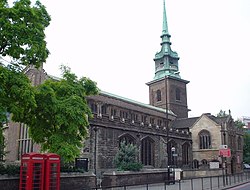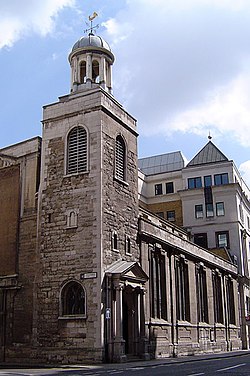
This is a list of buildings that survived the Great Fire of London in 1666 and are still standing along with their listed grade.
| Grade | Criteria [1] |
|---|---|
| I | Buildings of exceptional interest. |
| II* | Particularly important buildings of more than special interest. |
| II | Buildings of national importance and special interest. |
















